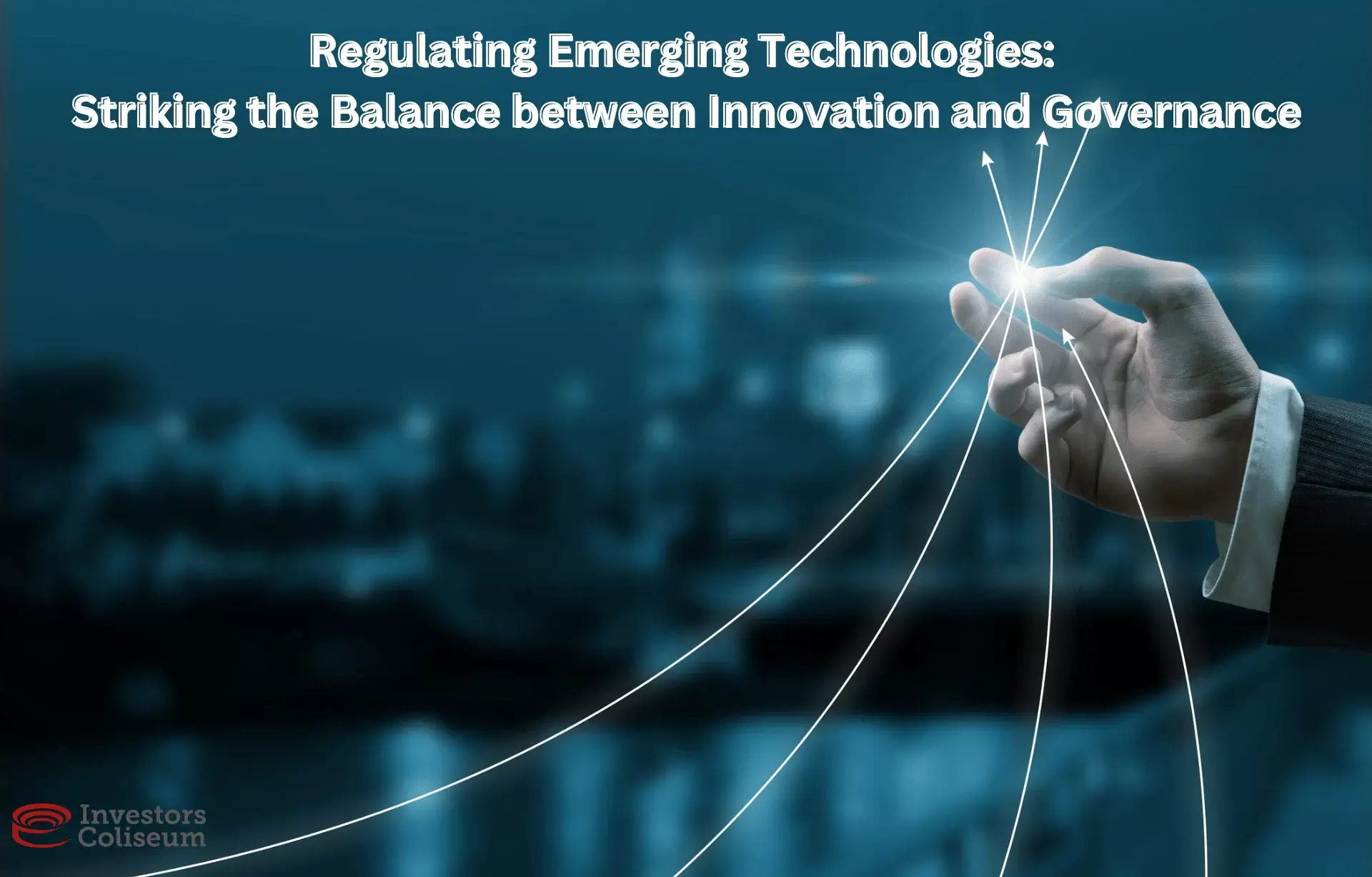
Introduction:
Emerging technologies hold the promise of transformative change, revolutionizing industries, and improving human lives. However, their rapid development also raises concerns about ethical, legal, and societal implications. Effectively regulating these technologies is crucial to harness their benefits while mitigating potential risks. Striking the right balance between fostering innovation and ensuring responsible use is a complex challenge that requires a multifaceted approach.
Understanding Emerging Technologies:
Before delving into regulatory strategies, it is essential to grasp the nature of emerging technologies. These include artificial intelligence, biotechnology, blockchain, quantum computing, and more. Their unique characteristics, such as rapid evolution and unpredictable consequences, make traditional regulatory frameworks inadequate.
Principles of Effective Regulation:
1. Proactive Governance: Regulators should adopt a proactive stance, anticipating the potential impacts of emerging technologies before they become widespread. This involves continuous monitoring, collaboration with experts, and staying ahead of technological advancements.
2. Adaptive Legislation: Traditional regulatory models may be too rigid for the dynamic nature of emerging technologies. An adaptive legislative approach, characterized by flexibility and responsiveness, allows regulations to evolve alongside technological developments.
3. Multi-Stakeholder Collaboration: Collaboration among governments, industry players, academia, and civil society is crucial. Inclusive decision-making processes ensure diverse perspectives are considered, leading to more robust and balanced regulations.
4. Ethical Frameworks: Regulations should be underpinned by ethical principles to guide the development and deployment of emerging technologies. Ensuring fairness, transparency, accountability, and respect for human rights can help prevent unintended consequences.
Regulatory Strategies:
1. Risk-Based Approach: Tailoring regulations based on the level of risk associated with a particular technology is a pragmatic strategy. High-risk applications, such as those with significant societal impacts or potential for harm, may require more stringent oversight, while lower-risk areas can benefit from a lighter regulatory touch.
2. Sandboxing: Creating regulatory sandboxes allows innovators to test their technologies in a controlled environment with limited regulatory requirements. This approach fosters innovation while enabling regulators to observe and understand potential risks before wider deployment.
3. Continuous Evaluation and Iteration: Regulations should not be static. Implementing mechanisms for continuous evaluation and iteration ensures that regulations remain effective and relevant as technologies evolve. Regular feedback loops involving stakeholders contribute to ongoing improvement.
Case Studies:
1. AI Ethics Guidelines in the European Union: The EU has taken steps to regulate artificial intelligence by proposing guidelines that prioritize human-centric AI, ensure transparency, and establish accountability. This approach emphasizes the importance of ethical considerations in shaping regulatory frameworks.
2. Genomic Data Protection: In the field of biotechnology, the regulation of genomic data is crucial. Countries like Iceland and Estonia have implemented strict measures to protect individuals’ genetic information, balancing the potential benefits of genetic research with the need for privacy and consent.
Conclusion:
Regulating emerging technologies is a delicate balancing act that requires foresight, adaptability, and collaboration. Governments, industries, and societies must work together to create effective frameworks that foster innovation while safeguarding against potential harms. A proactive, risk-based approach, coupled with ethical considerations and continuous evaluation, can pave the way for responsible and sustainable technological development. As we navigate the future, finding this delicate balance will be crucial to unlocking the full potential of emerging technologies for the betterment of humanity.